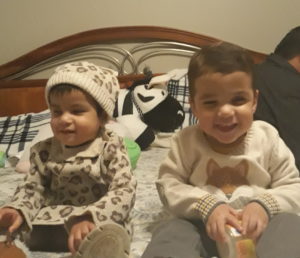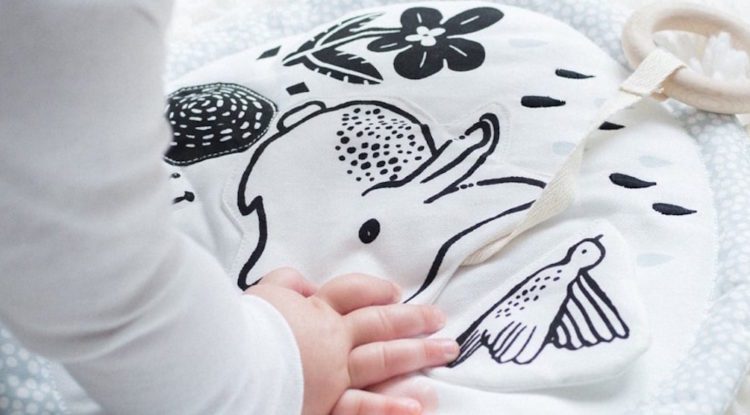The twins were blind and couldn’t walk or speak, how could Wayfinder help?

Mayra and Pedro’s twin babies, José and María, were born prematurely at only 27 weeks. In their birth country, the medical treatment the twins received left them blind. They wanted so much for their children. But without vision, they wondered, how could the twins go to school and become independent? “I did not have any idea what I was going to do to teach them,” remembers Mayra.
Mayra and Pedro relocated to the United States. The twins were referred to Wayfinder’s Blind Babies Foundation Early Intervention Program. In the program, children with vision loss or multiple disabilities maximize any residual vision they have and reach developmental milestones through weekly in-home sessions with our early intervention specialists.
When José and María started early intervention, they were 2 years old—and developmentally well behind their peers. They did not walk or speak. They did repeat words they heard without understanding the meaning. When Cristina Caro, a Wayfinder vision impairment specialist, met the twins via telehealth during the pandemic, they were crying and acting out. Cristina knew the children were frustrated because they could not communicate what they wanted.
Cristina learned that because the twins repeated words, some professionals had diagnosed them as autistic. Cristina knew this was wrong. She recognized immediately that the twins’ behaviors were typical for children who are blind and have not had early intervention.
When they heard someone enter the room, the twins said words so the person would respond and the children could tell who it was. They sounded their voices to determine if an object was in front of them. “They are very smart, and you need to be smarter than they are,” Cristina laughs.
Cristina started teaching José and María the concepts that other children learn by sight, like right, left, front and back. These basics will help the twins learn to navigate safely through their environment.
To prepare them to read braille, Cristina introduced books with textures and touchable objects. The twins use their very sensitive fingers to match dots by size or follow lines across sections of a page. “I wanted them to be aware that they can see using their fingers,” Cristina explains.
In just six months, José and María have made tremendous progress. “They walk and they jump,” reports Cristina, “which is very scary for blind kids.” They are learning the meaning of phrases instead of parroting words.“Now they know what right and left are,” Cristina says. “If you say, ‘you dropped your bowl on your right side,’ they extend their hand on the right side.” The twins are nearly ready to start working with a child-size braille machine.
“Thanks to Wayfinder, my children are learning so many things,” says Mayra, “and I am learning with them.” Mayra is studying to become a braille sight reader, so she can help her children develop reading and writing skills. “I am learning how to teach our children to become independent,” she adds, “and how to advocate for our children.”
María and José’s story is just one example of Wayfinder’s work that you make possible. Please help us meet the many needs of children and adults we help by making a donation today.
May 26, 2021


